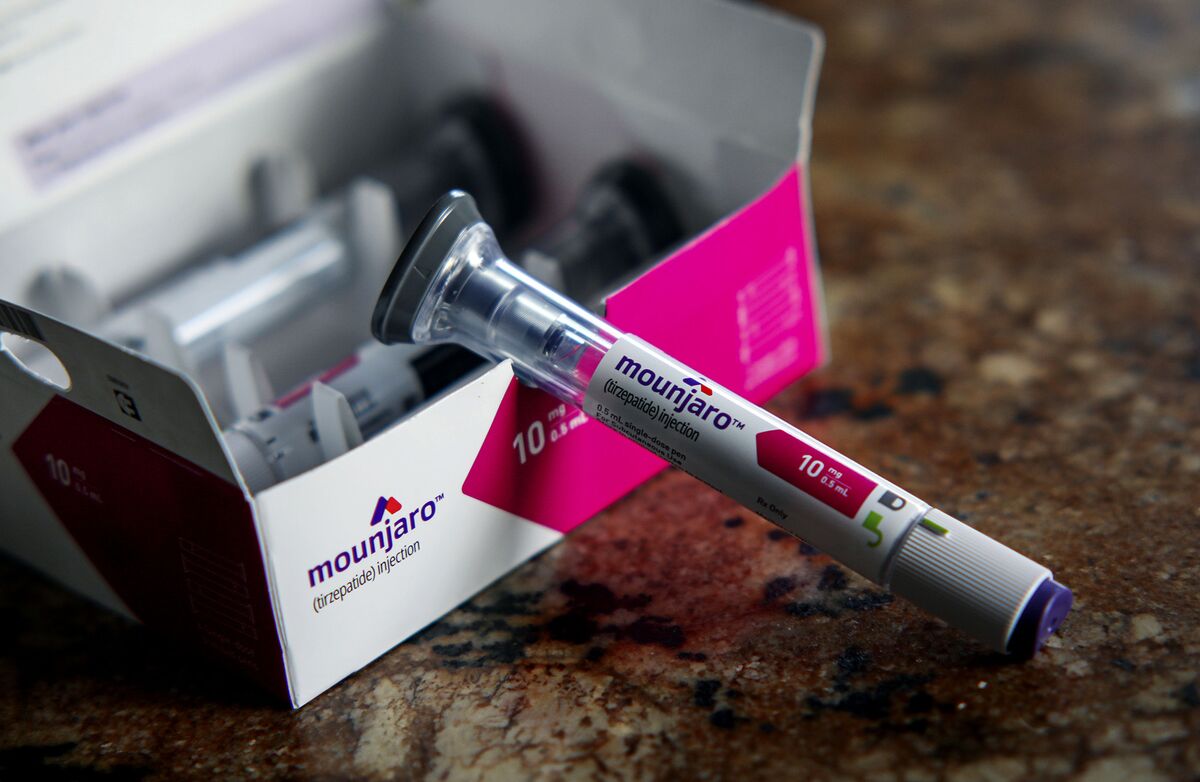Melasma is one of the most common skin pigmentation disorders, especially among people living in sunny climates like Islamabad. It usually presents as dark patches on the face—most commonly on the cheeks, forehead, upper lip, and chin—and can be triggered by sun exposure, hormonal fluctuations, heat, or genetics. However, despite how widespread it is, melasma remains surrounded by misinformation that often confuses patients and delays effective treatment. For anyone exploring options for professional Melasma Treatment in Islamabad, it’s important to separate fact from fiction.
Below, we break down the most common myths and facts about melasma so you can approach your skincare with clarity, confidence, and a plan that actually works.
Myth 1: Melasma Only Affects Women
Fact: While melasma is more prevalent among women—particularly due to pregnancy and hormonal birth control—it’s not exclusive to them. Men can and do get melasma, especially those with darker skin tones and high sun exposure. In fact, up to 10% of all melasma cases are in men. The condition may go undiagnosed or untreated in men due to social stigma or lack of awareness.
Myth 2: Melasma Is Caused by Poor Hygiene
Fact: Melasma has nothing to do with how often you cleanse your face or your skincare routine’s cleanliness. It’s a result of increased melanin production due to hormonal factors, sun exposure, or certain medications. People with excellent skincare habits can still develop melasma if their skin is genetically predisposed or triggered by internal changes.
Myth 3: Only Fair-Skinned People Get Melasma
Fact: Actually, melasma is more common in individuals with medium to darker skin tones, such as those of South Asian, Middle Eastern, or Hispanic descent. Darker skin contains more active melanocytes, which are more reactive to triggers like UV light and heat. People with higher Fitzpatrick skin types (III–V) are at a greater risk, particularly in sun-rich regions like Islamabad.
Myth 4: Melasma Will Go Away on Its Own
Fact: While pregnancy-induced melasma (also called chloasma) may fade postpartum, most cases require targeted treatment to improve significantly. Without intervention, melasma often lingers or worsens with sun exposure, stress, or continued use of hormonal medications. Waiting for it to disappear on its own can lead to deeper and more stubborn pigmentation over time.
Myth 5: Melasma and Sun Tan Are the Same Thing
Fact: Tanning and melasma may both result in darkened skin, but they are entirely different processes. A suntan is typically temporary and affects the entire exposed area uniformly. Melasma, on the other hand, presents as irregular, blotchy patches and is driven by pigment cells deep in the skin. It does not fade as easily as a tan and often requires medical treatment.
Myth 6: Scrubbing or Exfoliating Can Remove Melasma
Fact: This is one of the most harmful myths. Over-scrubbing can damage the skin barrier and trigger inflammation, leading to even more pigmentation, especially in people prone to PIH (post-inflammatory hyperpigmentation). Gentle chemical exfoliants under medical supervision may help, but harsh physical scrubs usually do more harm than good.
Myth 7: Melasma Is a Type of Skin Disease or Contagious
Fact: Melasma is not a disease in the infectious or contagious sense. It’s a benign (non-cancerous), chronic skin condition related to pigment overproduction. It poses no health risks to others and is not transferable through contact. However, the psychological impact it causes can be significant, and that’s why it deserves appropriate attention.
Myth 8: There’s No Effective Treatment for Melasma
Fact: While melasma is indeed challenging and prone to recurrence, modern dermatology offers several effective treatments that can significantly lighten or even resolve pigmentation. These include:
-
Laser therapies like low-fluence Q-switched Nd:YAG or fractional lasers
-
Topical agents such as hydroquinone, azelaic acid, kojic acid, and tranexamic acid
-
Chemical peels for superficial pigmentation
-
Microneedling combined with serums like Vitamin C or tranexamic acid
-
Oral treatments (in specific cases)
The success of these treatments depends on customizing the approach based on skin type, depth of pigmentation, and underlying triggers.
Myth 9: Natural Remedies Are Always Safer and Better
Fact: Many people believe that lemon juice, turmeric, or apple cider vinegar can treat melasma safely. Unfortunately, these remedies are often acidic or irritating and can worsen pigmentation, especially for those with sensitive or darker skin. Only clinically tested treatments prescribed by dermatologists should be trusted for managing melasma safely and effectively.
Myth 10: Melasma Can Be Permanently Cured
Fact: Melasma is a chronic condition, which means it can be managed but not always permanently eliminated. With the right treatments and maintenance (like daily sunscreen use and avoiding known triggers), you can significantly reduce the pigmentation and prevent flare-ups. It’s a long-term journey that requires commitment, not a quick fix.
Bonus Myth: Sunscreen Isn’t Necessary Indoors or on Cloudy Days
Fact: UV rays can penetrate windows and clouds. Even indoor lighting or heat (from cooking, for instance) can trigger melasma in sensitive individuals. Dermatologists universally agree: broad-spectrum sunscreen (SPF 50+) is non-negotiable—rain or shine, indoors or out.
Why Debunking These Myths Matters
Misinformation delays proper treatment and often causes frustration, emotional distress, or worsening of the condition. By understanding the truths about melasma, individuals can take timely, evidence-based steps to manage it more effectively. Consulting a board-certified dermatologist is the best way to create a personalized treatment plan and avoid common pitfalls.
Melasma is not just a skin concern—it’s a complex condition that requires scientific understanding and strategic care. Whether you’ve just started noticing pigmentation or have been battling it for years, trusting the right sources and specialists makes all the difference. Rather than wasting time on unproven methods or risky home fixes, it’s best to invest in real, lasting care.


